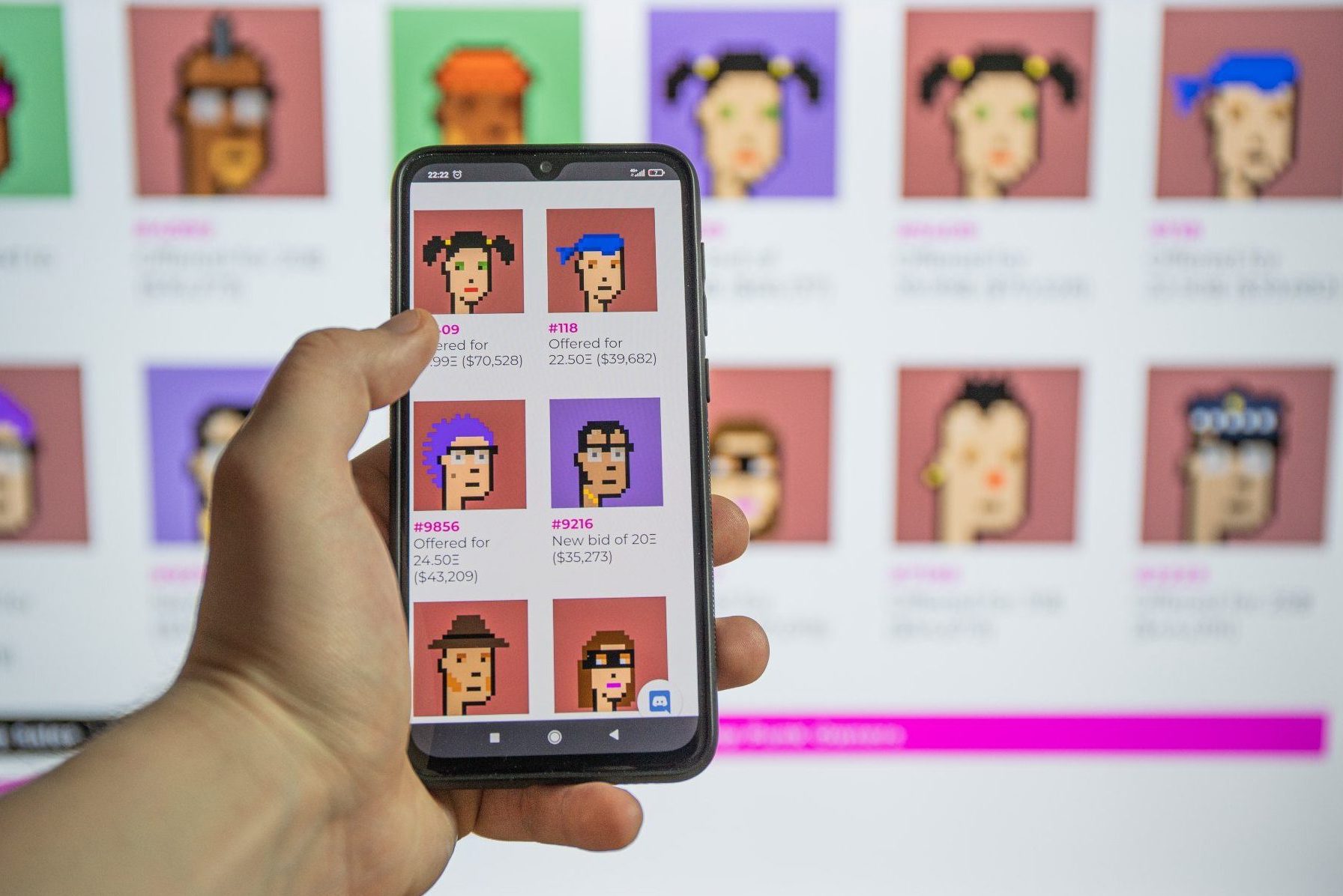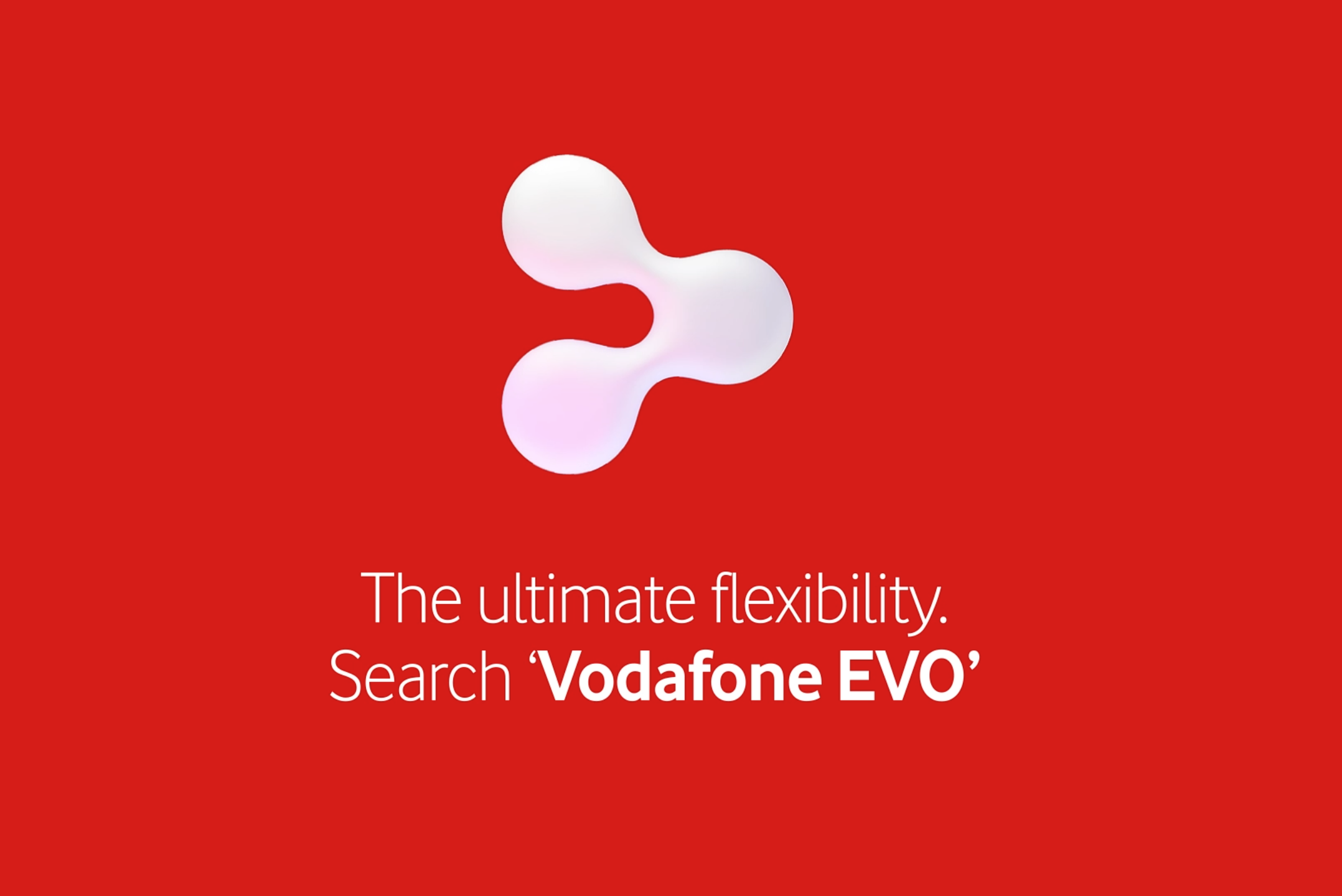
NFTs, or Non-Fungible Tokens, have hit the headlines recently, but what are they and what are they for?
In December 2021, Vodafone auctioned a one-off collectible version of its first-ever text message as an NFT. The proceeds went to charity, but it was the NFT technology that caught the bidding public’s imagination.
Vodafone to auction NFT of world’s first text message for charity
So what exactly is an NFT ?
A Non-Fungible Token is digital identifier that is unique and cannot be duplicated, subdivided, or replaced by anything else. Conventional digital files, such as the photos or documents on your phone or computer, can be copied many times over. They are, by their very nature, interchangeable or fungible. Attaching an NFT to a digital file is a way of verifying the file’s authenticity and provenance.
What’s the point?
NFT fans say the tech can establish whether a digital work of art, say, is truly, verifiably unique. A print of a painting is much less valuable that the original because it can be reproduced many times over. The original can’t, except by a very talented forger. The same goes for digital works of art or other digital documents you wouldn’t want to be counterfeited. You want to know where they came from and that no-one has tampered with them. So NFTs are analogous to a receipt or a certificate of authenticity.
Who uses them?
Due of their trustworthiness and traceability, NFTs have proved most popular so far with artists, musicians, and organisations wanting to sell non-fungible digital versions of their works. To retain the value of your work, it’s important to stop people passing off copies as the original – a particular issue in the digital era of file-sharing and streaming.
How do they work?
NFTs use blockchain technology, which is best known as the digital infrastructure underlying cryptocurrencies, such as Bitcoin, Ether and Dogecoin. A blockchain is like a ledger stored on participating computers distributed all over the globe. Each entry in the ledger, known as a block, incorporates data from the one immediately preceding it. These form a verifiable chain whereby any attempt to modify a block after its creation would be highly noticeable, as the altered block would then change all the blocks following it in the chain.
With NFTs, the relevant block in the blockchain contains a unique identifier code, any associated legal terms of use and usually a link to the file in question. There’s nothing stopping someone from copying the original file, but without the NFT it’s of much less value.
Aren’t NFTs controversial?
The blockchain, which is fundamental to the way NFTs work, is also the source of some controversy. Calculating each block in the chain – known as cryptographic hashing or ‘mining’ – requires significant amounts of computer processing power, which in turn gobbles up large amounts of electricity. Some popular blockchains, such as Bitcoin, use annual amounts of energy equivalent to that of a small or medium-sized country.
This energy inefficiency is seen as environmentally damaging by many, given that most electricity is still produced by burning fossil fuels, whose carbon emissions greatly contribute to global warming.
If we’re serious about reaching Net Zero, energy-intensive blockchain mining seems counterproductive to say the least. In one case, the energy demands of blockchain miners in New York State led to the resurrection of a previously mothballed fossil fuel power plant.
But it’s worth stressing here that Vodafone used renewable energy to mine its one-off charitable NFT.
The world's first text message, reading ‘Merry Christmas,’ was sold for $121,000. It was put up for auction as an NFT by Vodafone https://t.co/53idI4oZnQ pic.twitter.com/PzbK9pH57N
— Reuters (@Reuters) December 22, 2021
Can NFTs be made greener?
Alternative, less energy-intensive calculations for creating blockchain entries do exist. But there are concerns that these are less secure and verifiable, potentially undermining the main benefits of blockchains and of NFTs. If blockchain miners committed to using electricity from renewable sources, that would help.
Do NFTs have to be paid for in cryptocurrencies?
It’s up to the seller. Some accept traditional currencies and payment methods, but most insist on particular cryptocurrency, such as Ether.
Can any digital file be an NFT?
In theory, yes. Other complications, such as intellectual property rights, may come into play though. For example, when Quentin Tarantino tried to sell an NFT version of his screenplay for Pulp Fiction, Miramax – the film company that owns some of the rights to that film – objected.
Can I get a refund if I bought an NFT?
The short answer: it depends, but probably not. As most blockchains are stored on networks of distributed computers located all over the world, they are inherently decentralised and outside the control of most authorities. If you bought an NFT using cryptocurrency, then there’s no middleman or authority to appeal to if there’s a dispute.
If you bought an NFT using a traditional payment method such as a credit card, then you might have a chance – but most NFT marketplaces specifically state that they don’t issue refunds. As far as we know, this hasn’t yet been tested in a court of law.
Does Vodafone have any more NFTs planned?
The NFT of the first-ever text message was a special one-off for charity.
Stay up-to-date with the latest news from Vodafone by following us on Twitter and signing up for News Centre website notifications.






![1-Happy teenage girl in headphonesm playing games[Adobe Stock] stock image of a teenage girl playing games on a PC while another teenage girl in the background plays games on a smartphone](https://www.vodafone.co.uk/newscentre/app/uploads/2023/12/1-Happy-teenage-girl-in-headphonesm-playing-gamesAdobe-Stock.jpg)


![Happy-tourist-couple-taking-self-portrait-travel[AdobeStock] stock photo of a tourist couple in sunglasses and sunhats taking a selfie together using a smartphone while outside in a sunlit street](https://www.vodafone.co.uk/newscentre/app/uploads/2023/06/Happy-tourist-couple-taking-self-portrait-travelAdobeStock.jpg)